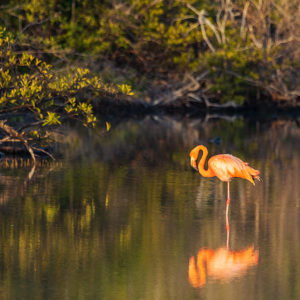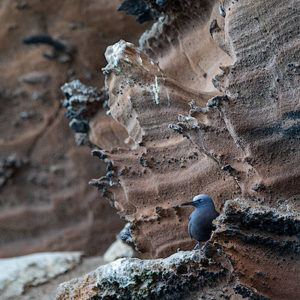Colorado Mountain Towns – Last Dollar Road
Known for its beautiful scenery and winding roads, Last Dollar Road is highly recommended as a top choice for enjoying the fall colors. With the help from the stormy weather, I was very lucky to capture a few shots I am happy with.








